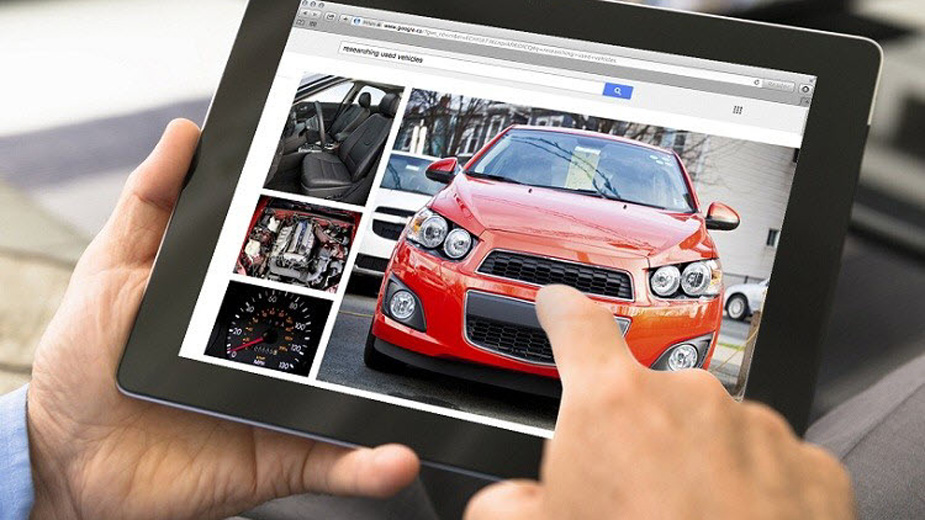Auto Dealers Accelerate Sales with the Digital Age
YOUNGSTOWN, Ohio – There was a time when automobile dealers pulled curtains across their showroom windows to build anticipation in the days before the release of a new model. Once the doors opened, customers flocked in to get their first glimpse of the sleek new wheels.
Today the first stop for customers is rarely the showroom. Instead, it’s their living room, office, or wherever a mobile phone, tablet or computer has access to the Internet.
In short, automotive dealers in the region say that digital marketing has helped to redefine the way vehicles are bought and sold.
“It’s massively effective because our customers are so Internet-savvy today,” said Pat Primm, partner and manager of Internet presence at Cascade Auto Group in Cuyahoga Falls. The auto group owns Subaru, Audi, and Mazda franchises. “It’s [customers’] first stop,” he says of his company’s digital presence.
When the group sold Oldsmobiles, Primm says, General Motors developed an excellent website to complement the model. The only problem was that Oldsmobile customers tended to be older, and barely aware of the digital age.
That’s certainly changed with brand attractions such as Mazda, Subaru and Audi. “Social media is also very important,” he said. “We have a Facebook site and we definitely want to make our presence known.”
Social media sites such as Facebook are valuable because they can track how many visits and “likes” are racked up regarding a product or marketing initiative, Primm noted.
Ryan Case, Internet sales manager at Sweeney Chevrolet Buick GMC in Boardman, says social media are an important part of the dealership’s marketing portfolio because of their low cost and potential for high return.
“Digital has definitely made an impact,” he says. “We review monthly what we’re doing and make adjustments based on that.”
The dealership runs five websites: one for each of its three brands, another for used vehicles and the last for service, Case said. “Sales online are doing very well, especially new cars. We’re finding that a lot of customers will submit requests from the site. Some of them don’t, but it’s likely they’ll be on our site at some point.”
According to data published by the National Automobile Dealers Association, customers in the past would obtain information about vehicles through print, radio or television advertisements, while visiting a host of dealers before deciding on what brand or model to buy. Moreover, brand loyalty and experiences with a local dealer often played a major factor in influencing a person’s purchase.
Because of the Internet, today’s customers are much more informed and educated about their options. It’s likely they’ve already done their research online and have narrowed their selections before ever visiting a showroom.
However, most of these buyers aren’t tied to a stationary computer and use mobile devices more to shop for autos, according to the J.D. Power 2015 New Autoshopper Study. Data show that 51% new-vehicle Internet shoppers used some sort of mobile device – either a smartphone or tablet – to surf the Web and research a new model before making a purchase.
Since 2012, the use of tablets in auto shopping increased 83%, while smartphone shopping was up by 70%, the study showed.
By the time it comes to purchase, 49% of customers know the model and make of the vehicle they want and end up purchasing that very model, the study found.
“People still need to come in and drive it,” Cascade’s Primm said, but the number of dealers on their list has dwindled. “It used to be that the average client would physically visit six dealerships before buying a car. Now, they visit between eight and 10 online first, and physically visit on average one and a half.”
Adding to the digital marketing punch is the availability of video online, Primm said. “We’ve found that videos of cars are more impactful. It’s not necessarily a new avenue, but it’s a new tool with what you already have.”
In the end, the customer walks into the showroom better informed than ever, which benefits both parties, Primm noted. “In the old days, they always thought that we had these huge markups,” he said. “Today, many know what the real costs are and have real expectations.”
Copyright 2024 The Business Journal, Youngstown, Ohio.



